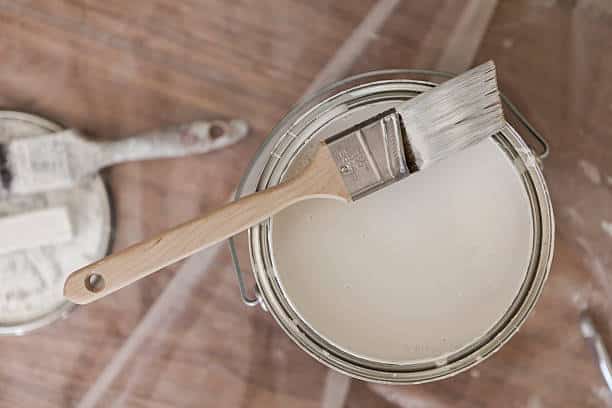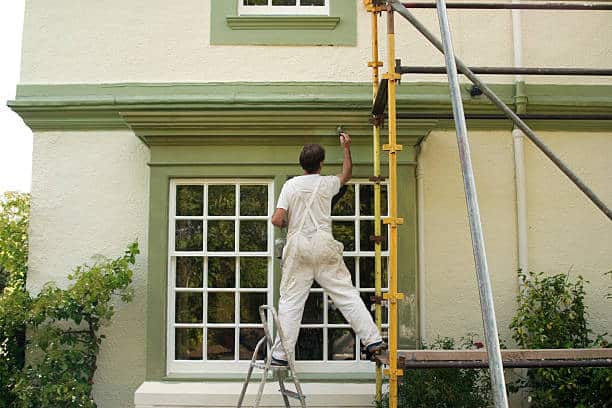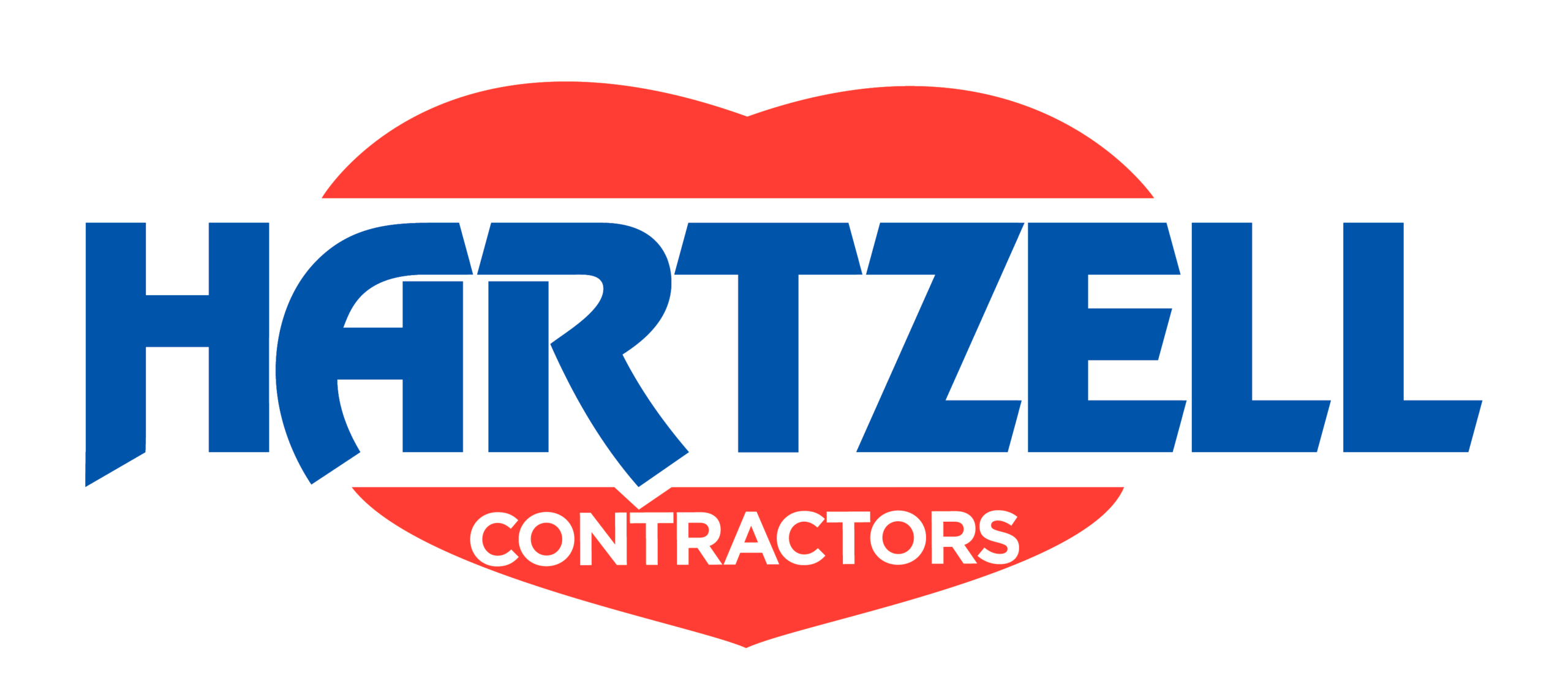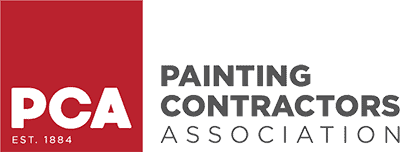You just bought your first home and want to refresh the exterior with a new coat of paint. Three contractors gave you wildly different quotes, and now you’re wondering if you should just tackle it yourself to save money. The problem is that you don’t know how to spot poor painting work, and the horror stories from friends about peeling paint and wasted money have you second-guessing everything.
The painting fails homeowners make aren’t always obvious until months after the job is done, when paint starts peeling, colors fade unevenly, or surfaces look patchy and unprofessional. The most damaging painting fails come from skipping preparation steps, using wrong products, or rushing through application—mistakes that turn a $5,000 investment into a $10,000 problem when you have to redo everything within two years.
Key Takeaways
- Poor surface preparation causes 80% of premature paint failures
- Skipping primer leads to adhesion problems and early peeling
- Cheap paint costs more long-term due to frequent repainting needs
- Weather conditions during application affect paint curing and performance
- Proper coat thickness and dry time are critical for durability
- Regular maintenance extends paint life from 5 years to 10+ years
- Professional application prevents costly mistakes that require complete redos
Why Painting Fails Happen and Why They’re So Expensive

Paint isn’t just colored liquid that makes surfaces look nice—it’s a protective system designed to shield your home from weather, UV radiation, moisture, and temperature changes. When any part of this system fails, the consequences go beyond appearance to include substrate damage that multiplies repair costs.
The Hidden Costs of Paint Failure:
- Complete removal of failed paint: $2,000-4,000
- Substrate repair from moisture damage: $1,500-5,000
- New paint application: $4,000-8,000
- Total failure cost: $7,500-17,000
Compare to Doing It Right Initially:
- Proper preparation and application: $5,000-9,000
- Expected lifespan: 10-12 years
- Maintenance costs: Minimal annual cleaning
The painting fails homeowners typically make stem from not understanding that paint performance depends on chemistry, surface interaction, environmental conditions, and application technique—not just color choice and brush strokes.
For first-time homeowners in Miramar, Florida’s humid subtropical climate creates additional challenges. High humidity, intense UV exposure, and frequent rain make proper paint systems even more critical than in milder climates.
Painting Fail #1: Skipping Surface Preparation
The most common and costly of all painting fails homeowners make is inadequate surface preparation. Paint can only bond to clean, sound surfaces—no amount of premium paint can overcome poor prep work.
What Proper Preparation Involves:
- Power washing to remove dirt, mildew, and chalk
- Hand scraping all loose and peeling paint
- Sanding rough areas and feathering edges
- Filling cracks and holes with appropriate caulk
- Repairing damaged wood or substrate issues
Why Homeowners Skip This Step: The preparation phase takes 60-70% of total project time but shows no visible progress. DIY homeowners eager to see color transformation often rush through or skip prep entirely.
The Consequences:
- Paint peeling within 6-18 months
- Visible ridges where old paint meets new
- Moisture infiltration through inadequate sealing
- Substrate rot from trapped water
Product-Specific Solutions:
- TSP (Trisodium Phosphate) for deep cleaning
- Carbide scrapers for efficient paint removal
- DAP Dynaflex 230 for exterior caulking
- 3M sanding blocks for edge feathering
Professional painters understand that preparation quality directly determines paint longevity. Contractors spend the majority of project time on prep because they know shortcuts here guarantee callbacks and warranty claims.
Painting Fail #2: Using Wrong Primer or Skipping It Completely
Among painting fails homeowners make, primer mistakes rank second only to preparation issues. Many first-time homeowners don’t understand primer’s role and view it as an optional expense rather than a foundation for paint performance.
What Primer Actually Does:
- Creates uniform surface porosity for even paint absorption
- Blocks stains from bleeding through topcoats
- Enhances paint adhesion to challenging substrates
- Seals porous surfaces to reduce paint consumption
Common Primer Mistakes:
- Painting bare wood without primer
- Using interior primer for exterior applications
- Skipping primer on glossy surfaces
- Choosing wrong primer type for substrate
Premium Primer Options:
- Zinsser Bulls Eye 1-2-3: Universal bonding for multiple surfaces
- Kilz Premium: Excellent stain-blocking for interior and exterior
- Sherwin-Williams Extreme Bond Primer: Designed for slick, glossy surfaces
- Benjamin Moore Fresh Start: Superior adhesion with mildew resistance
When Primer is Non-Negotiable:
- Bare wood, metal, or masonry
- Previously painted glossy surfaces
- Water-stained or smoke-damaged areas
- Patched drywall or wood repairs
- Color changes from dark to light
The cost difference between primed and unprimed surfaces becomes apparent within the first year. Unprimed surfaces show adhesion failures, uneven color absorption, and stain bleed-through that require complete repainting.
For Miramar’s humid climate, mildew-resistant primers prevent fungal growth that accelerates paint failure in moisture-rich environments.
Painting Fail #3: Choosing Cheap or Inappropriate Paint
Budget-conscious first-time homeowners often make one of the most expensive painting fails homeowners make: selecting paint based solely on price rather than performance requirements.
Why Cheap Paint Fails Faster:
- Lower pigment concentrations fade quickly
- Inferior resins provide poor UV protection
- Reduced binder content causes chalking
- Minimal mildewcides allow fungal growth
Paint Quality Comparison:
| Factor | Budget Paint | Premium Paint |
|---|---|---|
| Lifespan | 3-5 years | 10-12 years |
| Coverage | 250-300 sq ft/gal | 350-400 sq ft/gal |
| Fade Resistance | Poor | Excellent |
| Self-Priming | No | Often yes |
| Cost/Gallon | $25-35 | $55-75 |
Premium Paint Lines Worth the Investment:
- Sherwin-Williams Duration: Advanced acrylic with excellent adhesion
- Benjamin Moore Aura: Superior hide and color retention
- Behr Marquee: One-coat coverage with stain blocking
- PPG Timeless: Fade-resistant with mildew protection
Specialty Paint Applications:
- Elastomeric: For stucco and masonry with movement
- High-Hide: For dramatic color changes
- Mildew-Resistant: For humid climates like Florida
The math is straightforward: spending $1,500 more on premium paint that lasts 10 years costs less than repainting with cheap paint every 4 years at $5,000 per application.
Professional painters select paint based on substrate type, exposure, climate, and performance requirements—not just color and price.
Painting Fail #4: Painting in Poor Weather Conditions

Environmental conditions during application often represent an overlooked factor that compromises paint curing and long-term performance.
Problematic Weather Conditions:
- High Humidity (>85%): Prevents proper drying and curing
- Direct Sunlight: Causes rapid drying and lap marks
- Cold Temperatures (<50°F): Prevents film formation
- Rain Within 24 Hours: Washes away uncured paint
- High Winds: Contaminates wet paint with debris
The Science of Paint Curing: Paint doesn’t just dry—it undergoes chemical reactions that create durable films. Improper conditions interrupt these reactions, creating weak films that fail prematurely.
Visible Problems from Weather Mistakes:
- Blistering from moisture trapped under film
- Wrinkling from rapid surface drying
- Lap marks from uneven drying rates
- Poor adhesion from incomplete curing
Weather-Specific Paint Solutions:
- Sherwin-Williams Resilience: Cold-weather formula (down to 35°F)
- Benjamin Moore Regal Select: Humidity-tolerant formulation
- Behr Premium Plus Ultra: Fast-dry technology
Professional Weather Management:
- Moisture meters to check substrate dampness
- Temperature monitoring throughout application
- Scheduling based on extended forecasts
- Portable tents for small areas during marginal conditions
For Miramar homeowners, afternoon thunderstorms and high humidity create narrow application windows. Professional contractors understand local weather patterns and schedule accordingly.
Painting Fail #5: Applying Paint Too Thin or Too Thick
Film thickness mistakes represent technical painting fails homeowners make that affect both appearance and durability. Most DIY painters don’t realize manufacturers specify precise application rates for good reasons.
Problems from Thin Application:
- Inadequate UV protection
- Poor hide showing substrate through
- Faster weathering and chalking
- Reduced service life by 30-50%
Problems from Thick Application:
- Drips and runs on vertical surfaces
- Wrinkling and cracking as film cures
- Extended drying times between coats
- Uneven sheen and texture
Proper Application Standards:
- Spread Rate: Follow manufacturer specifications (typically 350-400 sq ft/gallon)
- Wet Film Thickness: 4-5 mils for proper dry film
- Dry Film Thickness: 1.5-2.0 mils per coat
- Total System: 4.5-6.0 mils for complete protection
Application Method Impact:
- Brush Only: Variable thickness, higher skill requirement
- Roll Only: Good for flat surfaces, limited on trim
- Spray Only: Risk of thin application without backrolling
- Spray + Backroll: Professional standard for uniform thickness
Professional Tools:
- Wet film thickness gauges for quality control
- Airless sprayers calibrated to specific paints
- Professional-grade rollers for proper film build
- Quality brushes that hold more paint
The difference between proper and improper film thickness often isn’t visible until months later when thin areas fade faster or thick areas crack and peel.
Painting Fail #6: Ignoring Proper Dry Time Between Coats
Time management mistakes rank among the most common painting fails homeowners make, driven by eagerness to finish projects quickly.
Why Dry Time Matters:
- Paint must form stable film before recoating
- Solvent must evaporate completely
- Chemical crosslinking needs time to occur
- Premature recoating traps solvents causing painting fails
Manufacturer Dry Time Guidelines:
- Touch Dry: 1-2 hours (surface feels dry)
- Recoat Time: 4-6 hours (safe to apply next coat)
- Full Cure: 7-30 days (complete film formation)
Environmental Factors Affecting Dry Time:
- High humidity extends drying significantly
- Low temperatures slow chemical reactions
- Poor air circulation delays solvent evaporation
- Thick application requires longer drying
Consequences of Rushing:
- Tacky surfaces that attract dirt and debris
- Uneven gloss and texture
- Adhesion failure between coats
- Wrinkling and lifting of paint film
Quick-Dry Paint Options:
- Behr Dynasty: Fast recoat in 1-2 hours
- Sherwin-Williams SnapDry: Door and trim paint
- Benjamin Moore Advance: Hybrid alkyd with fast dry
Professional Practice:
- Tack-free testing before recoating
- Following manufacturer specifications exactly
- Planning project timeline around proper cure times
- Weather monitoring for humidity and temperature
Florida’s humidity significantly extends drying times compared to drier climates. Professional painters in Miramar account for local conditions when scheduling multi-coat applications.
Painting Fail #7: Neglecting Post-Painting Maintenance

The final category of painting fails homeowners make involves the mistaken belief that paint is a “set and forget” solution requiring no ongoing attention.
Why Maintenance Matters:
- Dirt accumulation accelerates UV damage
- Mildew growth weakens paint films
- Small problems become major painting fails if ignored
- Regular care extends paint life 30-50%
Proper Maintenance Schedule:
- Annual: Complete gentle washing
- Semi-Annual: Inspection for problem areas
- As Needed: Immediate spot repairs
- Every 2-3 Years: Minor touch-ups and caulk inspection
Gentle Cleaning Methods:
- Low-pressure washing (under 1500 PSI)
- Mild detergent solutions (avoid harsh chemicals)
- Soft brushes for stubborn areas
- Bottom-to-top washing to prevent streaking
Early Problem Detection:
- Caulk failures around windows and trim
- Small areas of peeling or blistering
- Mildew growth in shaded areas
- Wood rot or substrate issues
Professional Maintenance Programs: Many painting contractors offer annual maintenance contracts that include inspection, cleaning, and minor repairs. These programs typically cost $300-800 annually but extend paint life significantly.
For commercial properties, regular maintenance proves even more cost-effective. Want to see how professional teams approach systematic maintenance? Check out this look at a commercial paint project behind the scenes and their quality control processes.
Common Questions About Painting Fails
What are the most obvious signs of a bad paint job? Visible drips, uneven coverage, paint on trim and fixtures, peeling edges, and inconsistent sheen all indicate poor workmanship or product selection.
Do I need to prime every surface before painting? Not always, but primer is required for bare substrates, dramatic color changes, stain blocking, and when paint manufacturer warranties require it.
Why does paint peel after just one year? Early peeling typically results from inadequate surface preparation, moisture issues, wrong primer selection, or painting in poor weather conditions.
Can I paint over old paint without sanding? You can paint over sound existing paint if it’s clean and slightly dulled, but glossy surfaces require sanding or special bonding primer for proper adhesion.
How can I make an exterior paint job last longer? Use premium paint, ensure proper preparation, apply correct number of coats, maintain annual cleaning schedule, and address minor problems immediately.
Protect Your Investment with Professional Painting
The painting fails homeowners make aren’t just about appearance—they represent thousands of dollars in wasted investment and potential substrate damage that multiplies repair costs. Understanding these failures helps you avoid expensive mistakes, whether you choose DIY or professional service.
Our experienced team serves Miramar homeowners with comprehensive painting services designed for South Florida’s challenging climate. We understand local conditions and use products and techniques proven to deliver lasting results.
Don’t let common painting fails homeowners make turn your home improvement project into an expensive lesson. Our exterior house painting services include comprehensive preparation, premium products matched to your needs, and professional application techniques.

